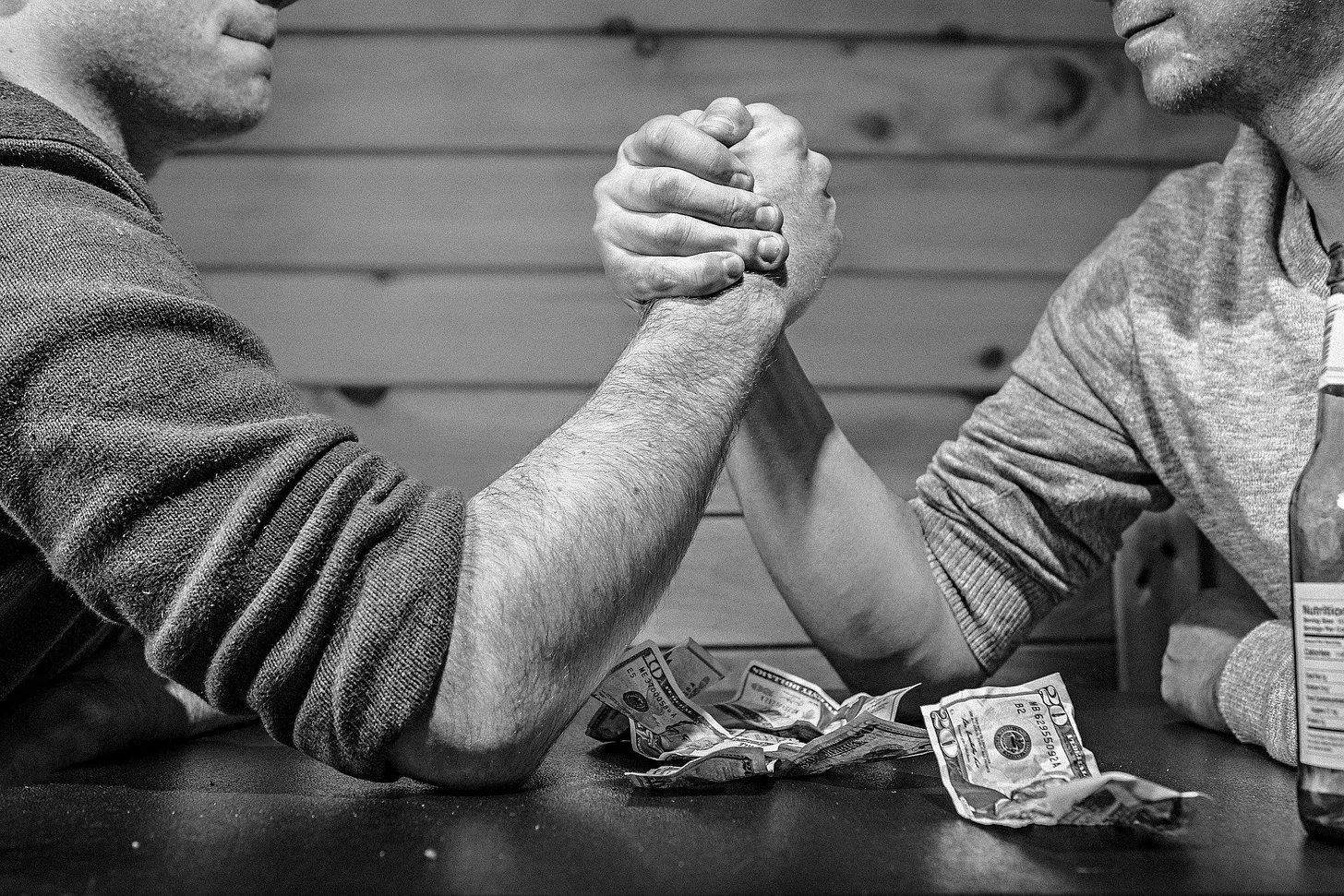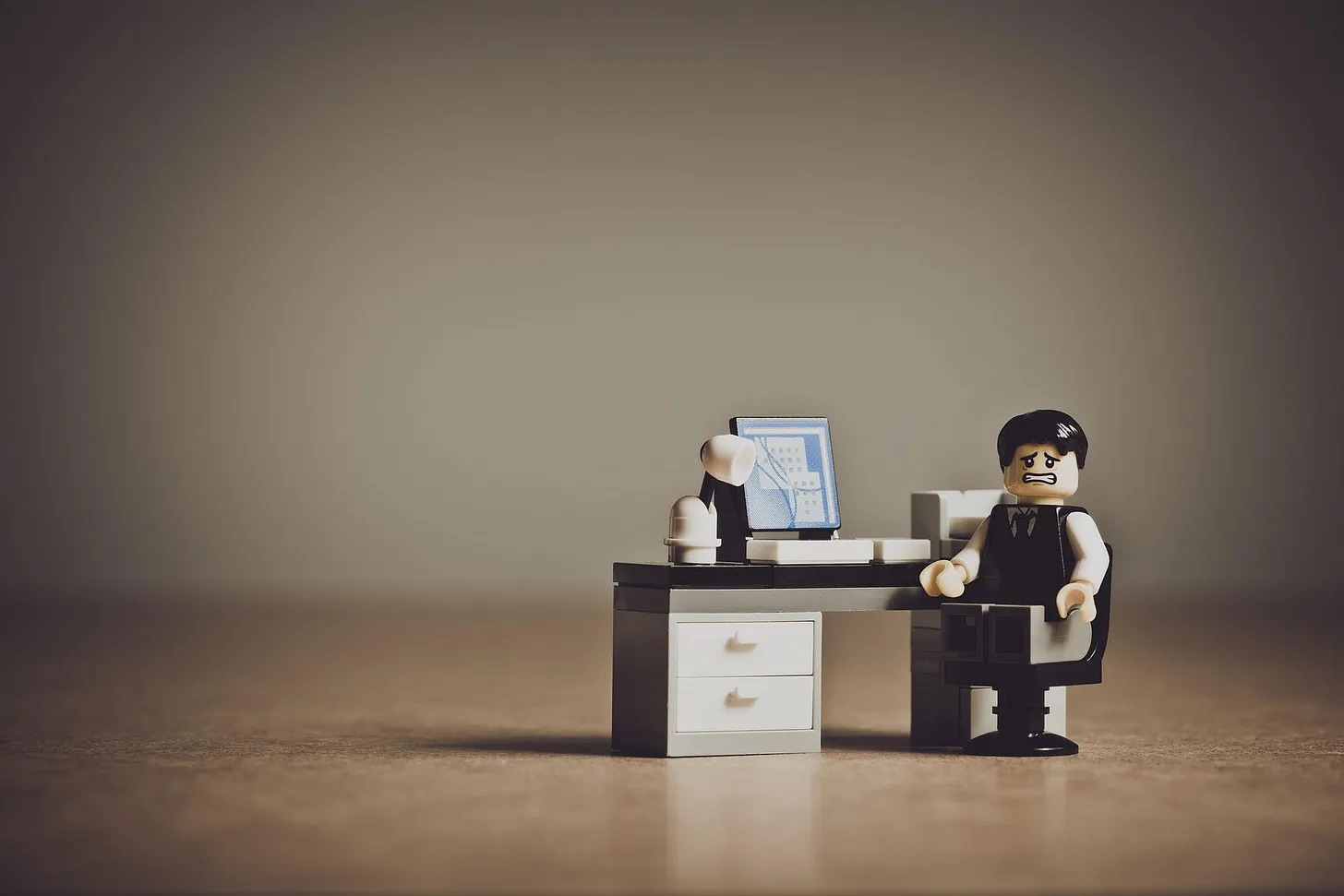The art of creating shitty design


The last time I had this feeling was when trying to use a brand-new washing machine at someone else’s place.
Like many people, I only use washing machines for a few functions, usually the 3 main temperatures (30, 60, and 90 °C, or about 90, 130, and 200 °F). It's very rare that I change the spin cycle but it can happen.
And that's it.
Hence, two buttons are enough: the temperature and the spin speed.
So when I find myself in front of a washing machine where there are 14 buttons (I counted) and more than 30 programs and 8 different lights, I always wonder how the designers came up with this idea thinking that it was really the top of the line.
I do design, and it's pretty cool
There are many reasons for the endless pile of messed up designs we have in our lives. The first one I'm going to present isn't necessarily the most common one, but it's damaging: it's the designers' internalism and their inability to project their tool into the hands of the end user.
Besides, this incapacity is not a handicap, since what counts is to have your design validated by the team that is piloting the project and to receive your pay afterwards.
Wonderful.
The fact that the customer is really satisfied with the product he has in his hands is a fuzzy notion, which passes from responsibility to responsibility and whose final decision-maker is always the balance sheet at the end of the year.
I need to find the cheapest designer possible
Since it's all about profitability, it goes without saying that the least bad designer at the best price will be chosen. These calculations are not necessarily what will bring the best profitability, far from it, but from a reduced point of view, from the responsibility of the financing manager, it is acceptable, and if it is acceptable, he will be paid at the end of the month.
There are many design failures that have this as a reason, but we all know from our life experiences that it is not reason that drives the human world, it is emotion. And when we're happy to have finally found a job and our supervisor makes a monumental mistake in the design of their product, we're reluctant to correct it, because ultimately, we're all about keeping our job. And even if we have to work more than previously thought without being paid accordingly, most of us comply.
The customer's happiness is not our investors' happiness
Making sure that the customer is fully happy with his tool is not profitable. Indeed, to ensure that a company's customers stay with it, you can't just rely on their loyalty, which is very fickle anyway in a world of many market demands.
What really works is dependency. It doesn't matter how you create it. It can be
by obligation (as when one goes to see one's doctor, who often does not treat us but is the only one who can declare work accidents for example),
by constraint (the only approved car repairer is that one, not the other one, he doesn't have the diagnostic case),
by gurutization (if you want to stay in the circle of the followers, you have to buy our products),
by guilt (if you don't have this toy, you are a bad parent),
by exhaustion (this new kind of water heater seems nice but changing all the time is tiresome and complex),
by reward (if I complete this task, I can have a bonus on my next purchase),
by despair (like seeing your oncologist every week while dying of a cancer without him being able to help you in anything besides costing a lot of money).
In the end, what really matters is how much a client will pay and how much he will incites others to pay too.
If we add to this the fact that creating a business sometimes is expensive and ask to rely on investors and that these investors need to be convinced and expect a quick and profitable return on investment, the cocktail is terrible.
And a happy customer is not very profitable, it is necessary to maintain him in a state of dependence, even if it means a lot of frustration for him, even despair, it doesn’t matter as long as he stays and pays.
Reputation is not that important
Most people tend to think that if a brand makes a crappy design, it will cost a lot of its reputation and things will get fixed by themselves thanks to the beauty of free market, promoting good designers in the end.
This is not actually true. Here are the reasons:
as said before, if customers are dependent, everything is fine regarding the business, so no need to improve anything about the design,
when we are surrounded by crappy design, we tend to simply don’t know what a great design is (like the fact that most people never experienced what is a good quality sound or what is the real taste of a tomato),
investors and businessmen are not attached to any particular company and have efficient ways of not being held accountable for their misconduct, they can create a highly profitable brand, completely wrecked it and go away without everyone noticing or even being able to do anything about it, then they start again, and again.
In the current business context, free market doesn’t help in anything, mostly because of the needs in investment, keeping the real power on market into the hands of just a few.
Redesigning the world
Ok, I know, this is a weird turn, but if we are considering the world of market and consumption, a LOT of things could be done. And I won’t have enough of a lifetime to explain how much.
First, we have to let go the idea of maximum profit on short term, this is tempting when we are greedy (and we don’t have to be that greedy honestly) and more commonly when we just try to find a balance to our business, while paying everyone involved.
This is why it is a real challenge to propose another way of dealing with design. The synergetic way, as I propose, is hard to create in a world where the business is utterly biased and in the end, a business of oligarchs before anything else.
Having a different design of our money could be a way to ease the process of recreating a great design. Why do I say «re»creating? Because, before the infinite extension of the market, most people were just focused on creating the exact design they need, not less, not more. Sometimes some fancy things but never in a way that make the use end up kind of messy.
Of course, we have more recent discoveries like computers that could need a totally new design, maybe never done before. But the main idea is to bring back more common sense into design and push it far enough to achieve a truly synergetic design.
Another, even more important, element is to create a community of thought and consumption based on similar values, where trust is high.
It is very likely that one day I will write an article solely dedicated to the notion of trust in our world, but to summarize, let's say that we are in a phase of social contraction where the universality of the internet is no longer exciting news but mostly a world of scams and malice. Many people, often without realizing it, are currently in the process of reforming small, close-knit communities, sharing their own visions and goals, patiently weaving close ties that increase the average level of trust while decreasing the number of people involved.
For creators and entrepreneurs seeking to shake up very entrenched mercantile codes, it is therefore essential to work seriously on the question of the community that will be linked to the upcoming offers. Without this prerequisite, any design, no matter how extraordinary, will be swallowed by the behemoths of the sector, whose aggressive and monomaniacal business strategies are currently the most effective way to win markets and destroy the competitors.
Having a community of involved and willing users with you is a guarantee that you will be able to conduct your business in a way that is different from the pure search for short-term profit.
It is also the possibility, through crowdfunding, to short-circuit investors whose values are generally non-existent and whose axis of consideration comes down to capitalizing on capitalization.
The place of synergetic design in the world today
For the moment, there is no real overall movement that would redefine value creation at a satisfactory synergetic level. However, by simply looking for the solutions that appear most satisfactory, many traditional designs are excellent in themselves. Also, the work of people without commercial objectives sometimes leads to results that are very close to the synergetic design criteria that I defend.
As far as I am concerned, I am currently working on two things:
the advanced optimization of a traditional diversified farm
the design of everyday objects to make them as synergetic as possible
Obviously, there are many other things that need to be done, but the reality is that they will be done one way or another. The current majority model in the West is too deeply trapped in its contradictions and dead ends not to nurture alternatives that take into account the principle of synergy.



